By now you’ve probably heard or seen how sitting all day can take a toll on your health. We’re not a species that’s meant to sit, but it’s unavoidable for most. Luckily there are ways to try and fight poor habits causedby sitting all day. For the sake of argument and brevity, we’re going to highlight quickly why sitting all day is bad and easy ways to fix bad habits.
How sitting all day is bad
- We develop tight muscles, think of your legs and hips—they’re constantly flexed (bent in 90 degrees). These muscles get tight from constantly being flexed, so when we go to stretch and stand other muscles will end up compensating for their tightness (think lower back pain from excessive hip compensation).
- Slowed metabolism, when we’re inactive for long periods our metabolism slows and things like our cholesterol (1) and insulin (2) levels are then affected. Leaving us at riskforheart disease and Type 2 Diabetes
- Our posture changes, along with tight muscles we create imbalances in our joints and skeletal frame. Think forward head posture and hunched upper back, these are bigger issues than tight muscles. When we have to compensate for bad postures, we become more prone to injury.
So how do we combat this?
- Stretch often: Wake up in the morning and do light stretching, even some possible yoga flows to get blood flowing. If you workout in the morning, cool down and stretch before going to the office.
- Try the 20:10:5 rule. Basically, sit and work for 20-minutes, stand and work for 10-minutes, then take a 5-minute walk or stretch lightly for a few minutes.
- Meal prep for the work day to avoid going out and eating meals that will put you in caloric surplus—this can add up quickly with the inactivity from sitting.
- Try posture aiding movements at your desk, for example, stretching the traps to avoid forward head posture and rhomboid strengthening to limit shoulders from folding in.
- Walking meetings: Instead of grabbing a coffee or sitting in an office, use a meeting as a good time to take a walk with the other person. Walking will help get blood flowing and can actually increase your mood as well.
- Regular checkups are easy indicators, a checkup can help you see cholesterol levels along with other possible forming health risks—yearly checkups are never a bad thing.
Works Cited
- Owen, N., Sparling, P. B., Healy, G. N., Dunstan, D. W., & Matthews, C. E. (2010). Sedentary Behavior: Emerging Evidence for a New Health Risk. Mayo Clinic Proceedings, 85(12), 1138–1141. http://doi.org/10.4065/mcp.2010.0444
- Hamilton, M. T., Healy, G. N., Dunstan, D. W., Zderic, T. W., & Owen, N. (2008). Too Little Exercise and Too Much Sitting: Inactivity Physiology and the Need for New Recommendations on Sedentary Behavior. Current Cardiovascular Risk Reports, 2(4), 292–298. http://doi.org/10.1007/s12170-008-0054-8




